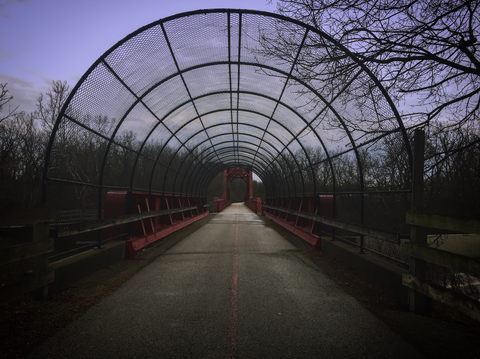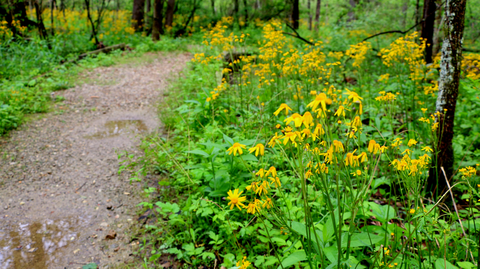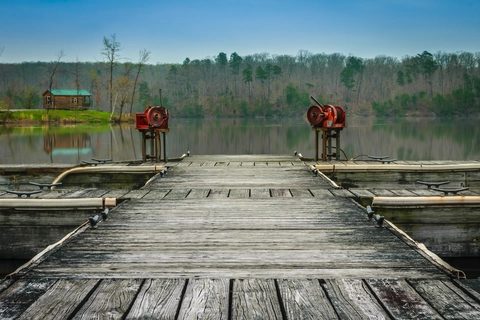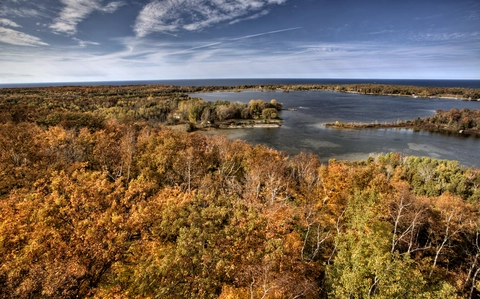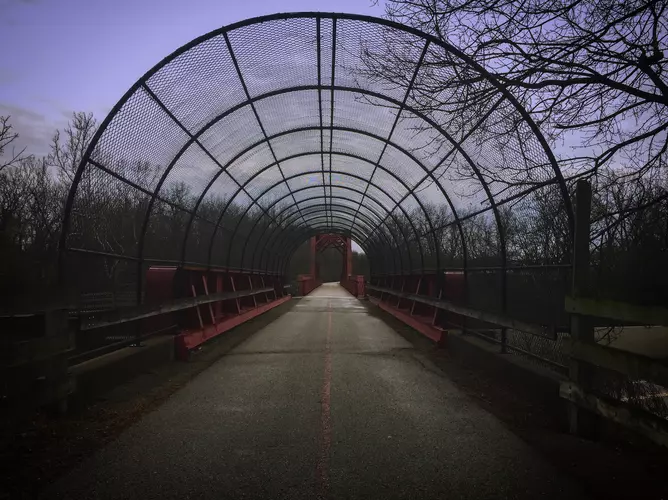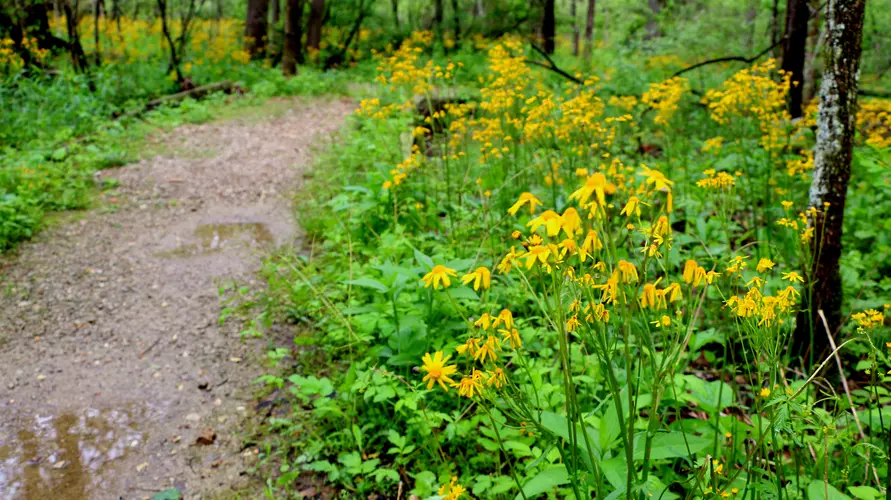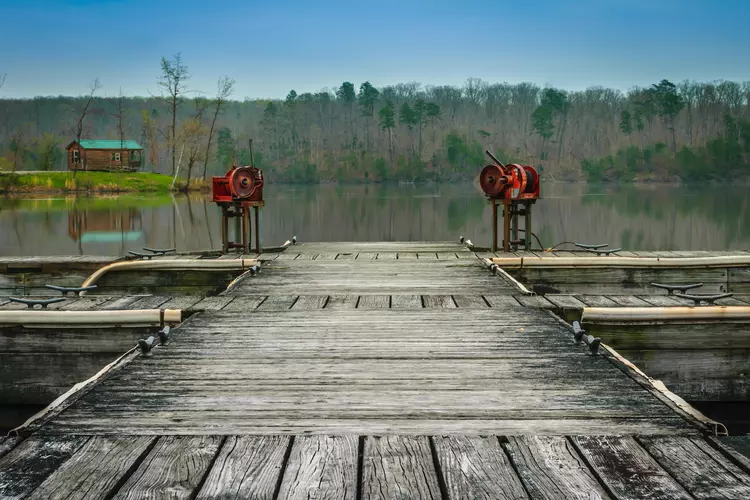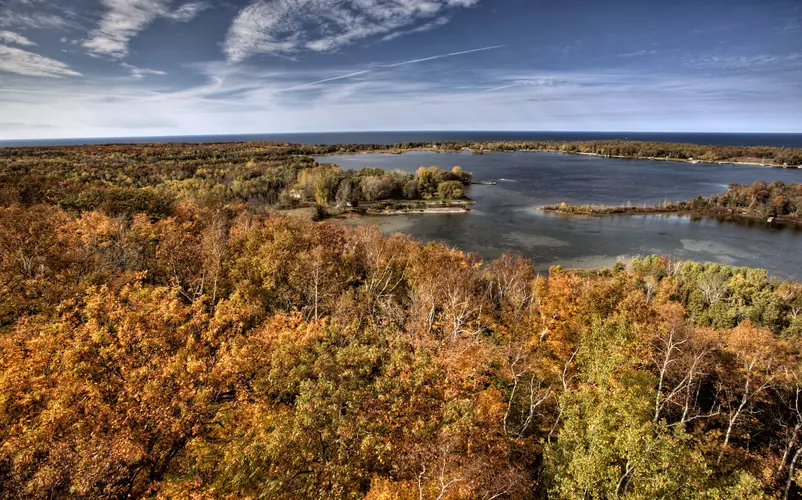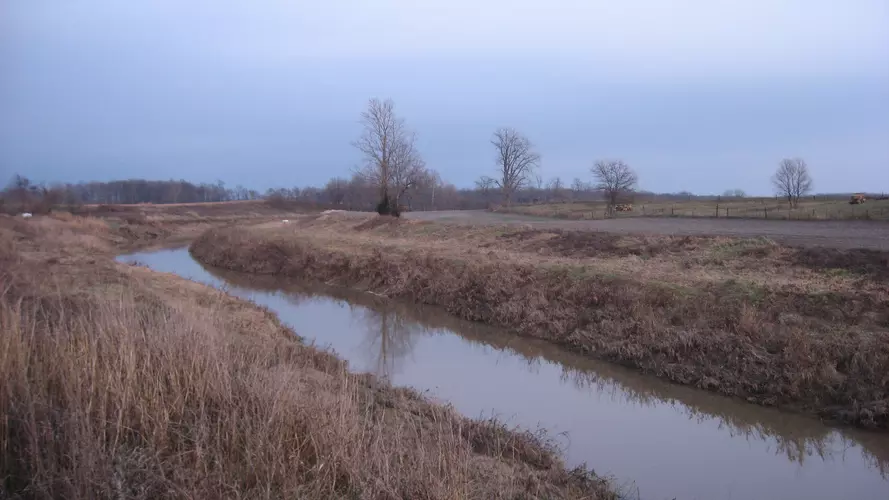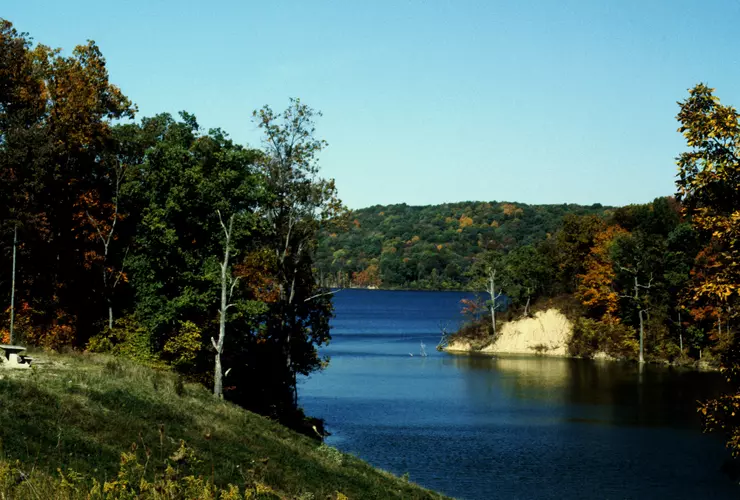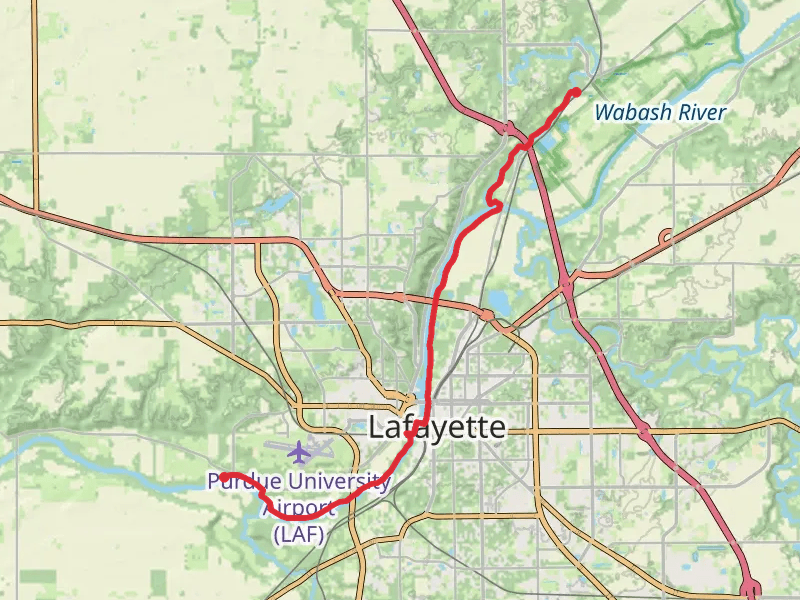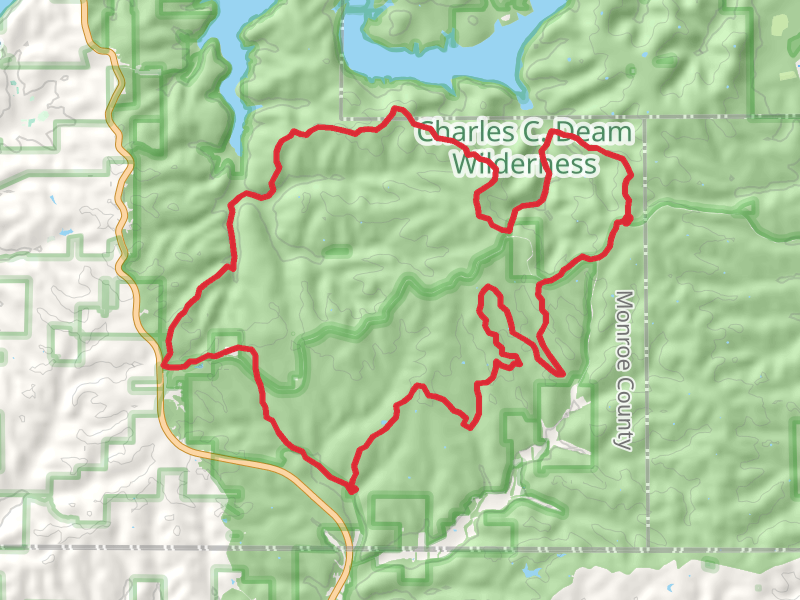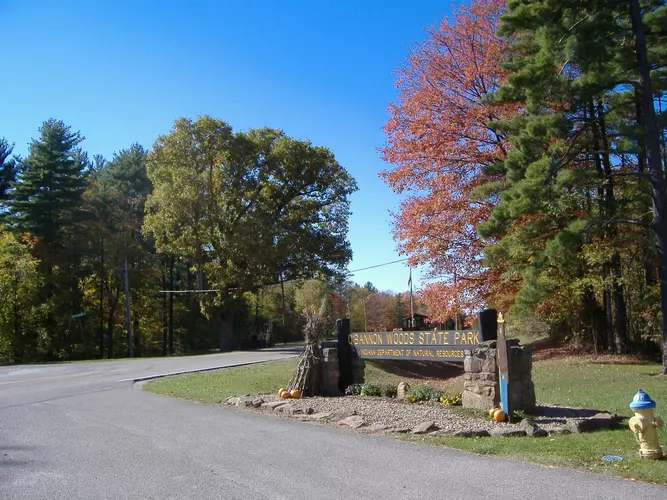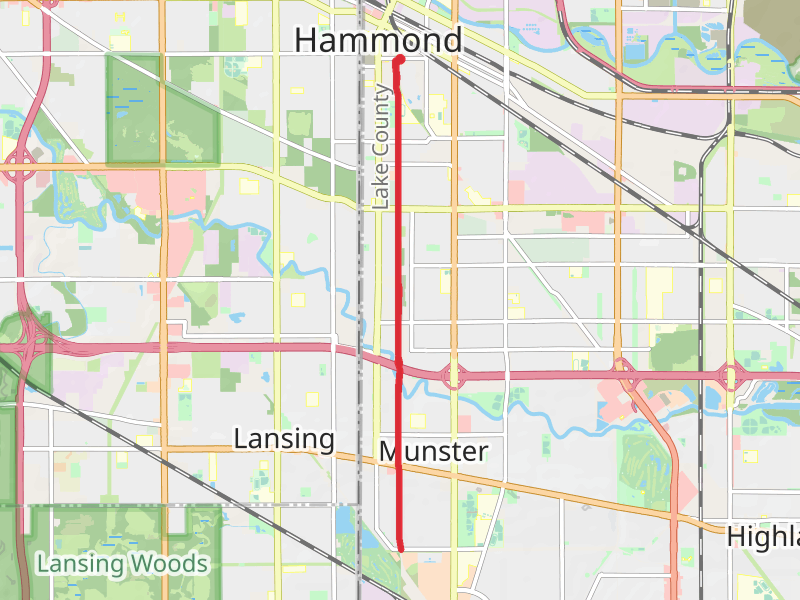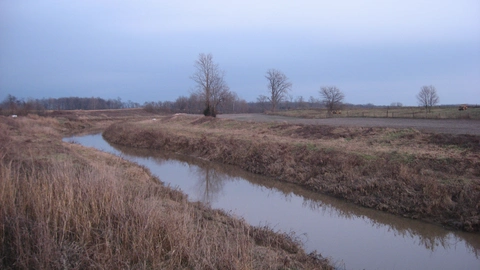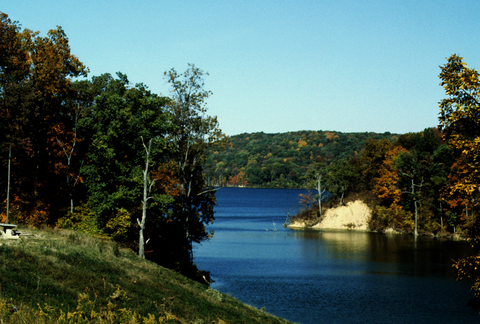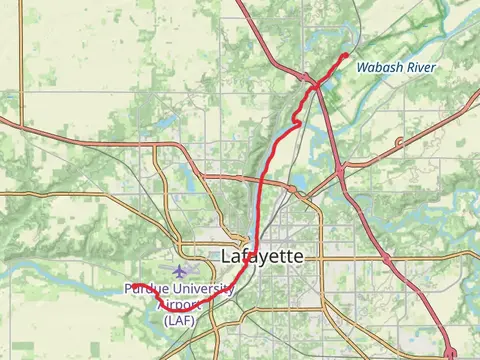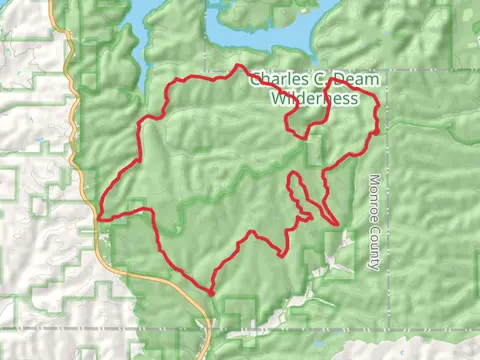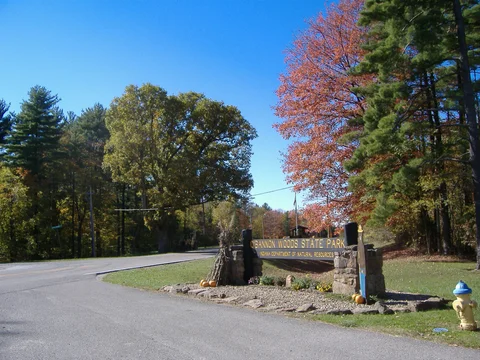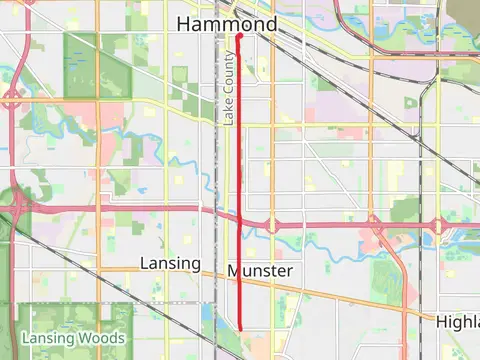"Indiana's trails offer diverse adventures, from serene strolls to challenging treks, amidst stunning natural beauty."
Indiana offers a surprising array of hiking experiences, from the rolling hills of Brown County State Park to the dramatic sandstone cliffs of Turkey Run. As you wander through lush forests and alongside serene rivers, you'll encounter diverse wildlife and vibrant wildflowers. Don't miss the rugged trails of Hoosier National Forest, where solitude and natural beauty abound. Whether you're seeking a peaceful stroll or a challenging trek, Indiana's trails promise adventure and tranquility for every hiker.
Most popular hikes
FAQs about hiking in Indiana







